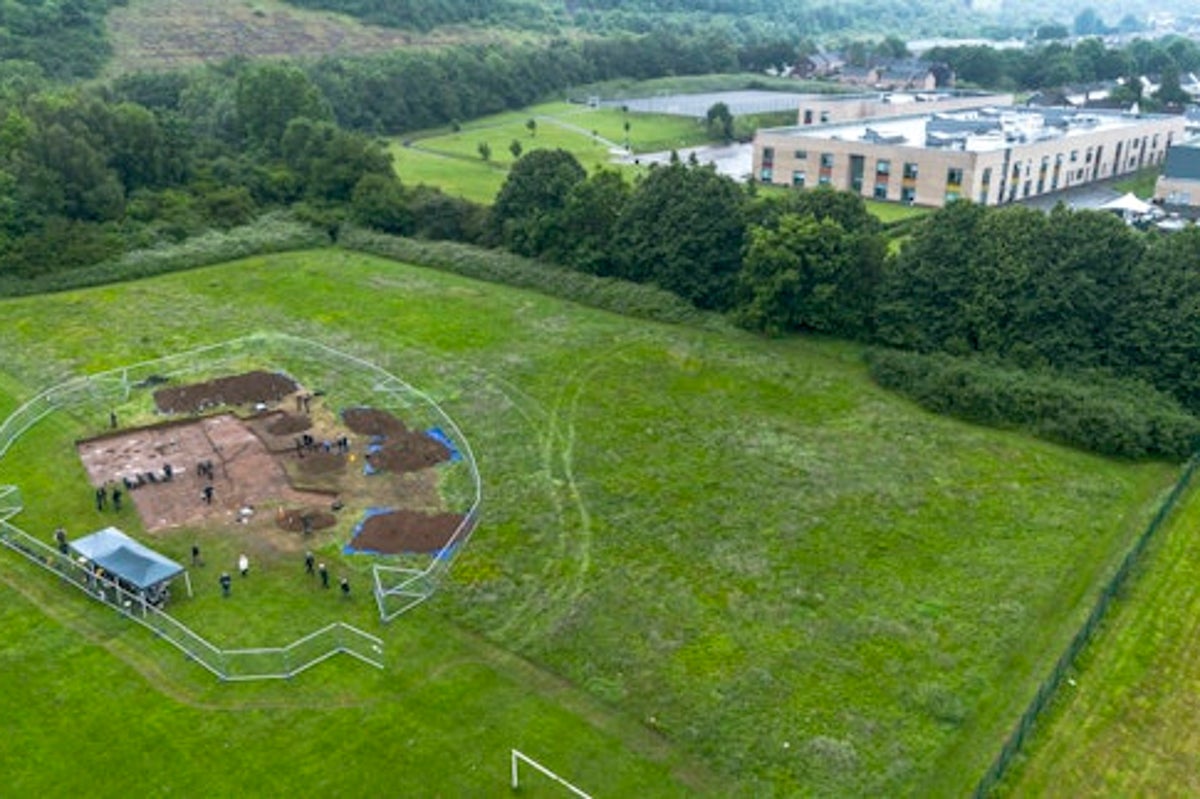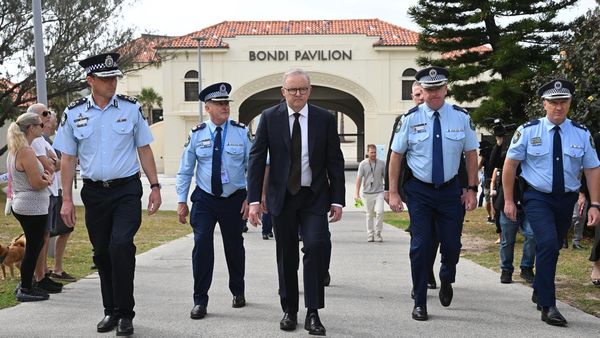
Volunteer archaeologists have uncovered a Bronze Age burial site underneath a popular park in Wales.
A number of pits were discovered during an archaeological dig at Trelai Park in Cardiff, with a small amount of human remains being found in three of them.
The cremations are believed to date back to the Bronze Age, and were found next to a 1500 BC roundhouse that was found at the site two years ago.
Experts believe the closeness of the remains suggests the site held “significance” to those who lived there at the time, and that cherished family members may have been buried there.
Volunteers for the Caerau and Ely Rediscovering (CAER) Heritage Project are now working to piece together the significance of the latest finds, which suggest the site could be more expansive than previously thought.

“The discovery of these cremations is hugely exciting and is yet another example of the rich history that lies so well preserved under Trelai Park,” CAER co-director Dr Oliver Davis, head of archaeology and conservation at the University of Cardiff, which is a partner in the project, said.
“The fact that the cremations have been buried so close to the roundhouse suggests they may have been laid there to remember cherished family members. It could also mean the site held a ceremonial significance to people at the time.”
He added: “This area, which we already knew was only 200 metres away from a Roman Villa, has clearly been an important place over thousands of years. It’s providing us with a window onto some of the very earliest Cardiff residents who were living here in Caerau and Ely over three millennia ago.
“The work now begins to carefully dig through each layer, sifting through the materials we are finding here on an hourly basis. It’s a real team effort.”

Trelai Park is a well-used location for sports teams and dog walkers. It is half a mile from Caerau Hillfort, a heritage site of national significance where Neolithic, Iron Age, Roman and medieval finds have previously been discovered.
Alice Clarke, 36, who lives in Caerau, has been volunteering with the CAER Project for five years and said: “It’s really fascinating. We’ve found a lot of quartz here so far. I will also work at the CAER Heritage Centre after the dig, cleaning all the finds that come in big bags. I love doing it. It’s given me confidence – it’s nice to get out and meet friends.”
Another of the volunteers, 19-year-old Hannah Secker, has just finished her A Levels and wants to study archaeology and ancient history at degree level.
She said: “There is quite an exciting atmosphere here and everyone has been so welcoming. I had no archaeological experience before coming here, and it’s been great to speak to students about their degrees. It’s unbelievable finding artefacts that could be 3,000 years old and thinking about the people that have walked on this ground before us.”
Ancient temple ruins discovered in Andes pull back curtain on lost society
Another heatwave could be on the way as weekend temperatures forecast to hit 30C
Cooler weather forecast after UK sees hottest day of the year
Archaeologists discover what could be world’s oldest boomerang in Europe
Sunken 18th-century ship discovered by chance off famed Game of Thrones filming spot
Mystery boat discovered at World Trade Center site being rebuilt







